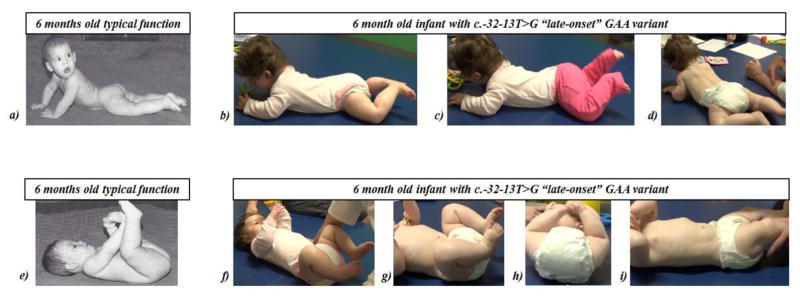Figure 1. Function and Positioning in Prone and Supine.
a) Typical prone function at 6 months old: from Figure 6.9. In: Bly L. Motor skills acquisition in the first year: an illustrated guide to normal development. Tucson, Ariz.: Therapy Skill Builders; 1994. Used with permission. Typical function includes active hip extension & adduction, shoulder girdle stability & depression, humeral adduction, UE weight bearing with elbow extension, balanced neck flexion/extension, abdominal muscle activity. b, c, d) Prone function in a 6 month old with c.-32-13T>G “late-onset” GAA variant: excessive hip flexion, abduction, external rotation, excessive lumbar vs thoracic extension, increased hip and knee flexion with increased activity, decreased hip extension, adduction, internal rotation, decreased shoulder girdle depression, lack of upper extremity weight-bearing. With elbows placed under shoulders, can maintain propping but with scapular winging and lack of shoulder girdle stability. e) Typical supine function at 6 months old: from Figure 6.1. In: Bly L. Motor skills acquisition in the first year: an illustrated guide to normal development. Tucson, Ariz.: Therapy Skill Builders; 1994. Used with permission. Typical function includes use of abdominals for pelvic lifting, hip flexion with emerging knee extension and reaching with elbow extension. f, g, h) Supine function in 6 month old with c.-32-13T>G “late-onset” GAA variant: less use of abdominals, including abdominal obliques; lower rib flaring; greater hip abduction and external rotation; less pelvic lifting; less use of adductors; greater knee flexion; and less active knee extension. i) lower rib flaring and iliotibial band tightness.

